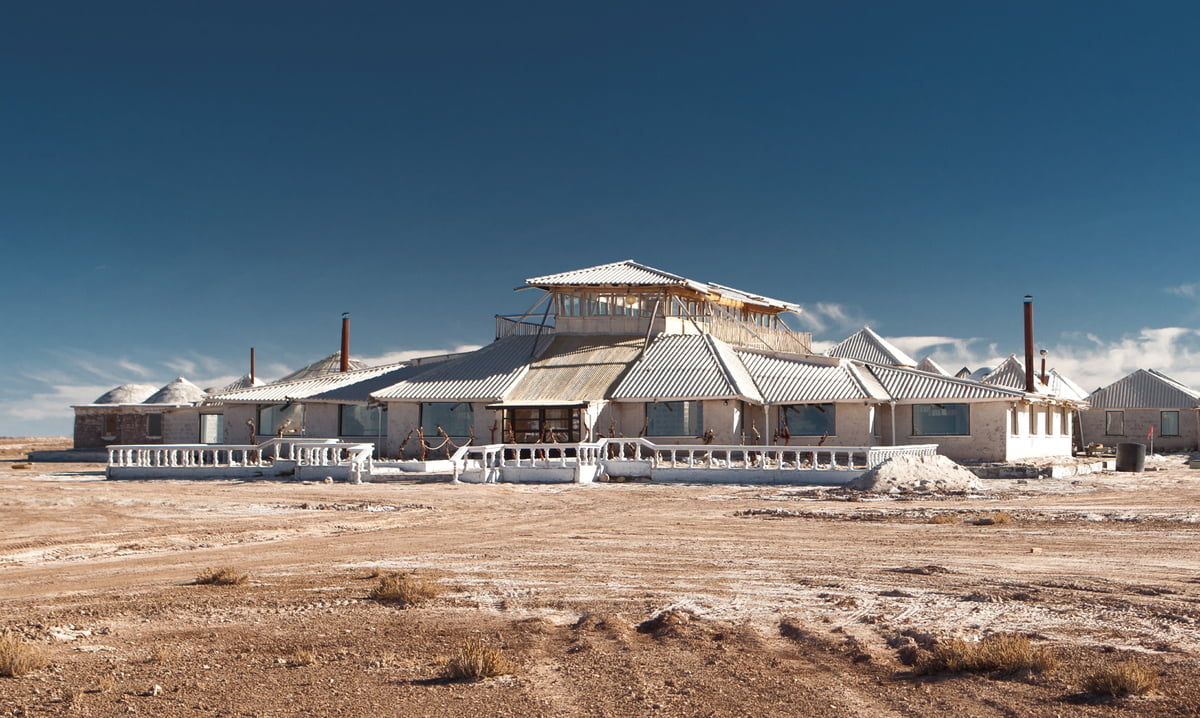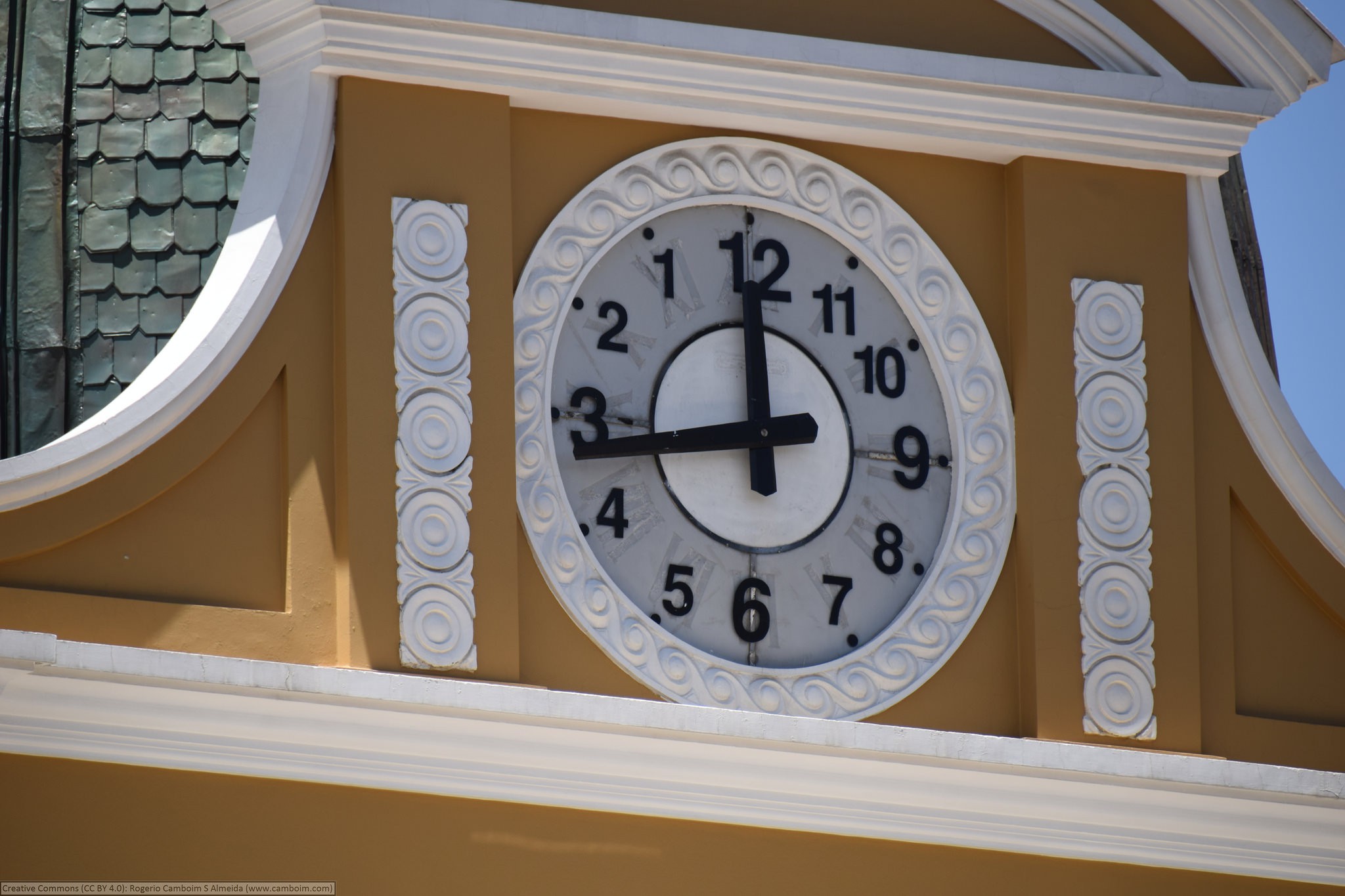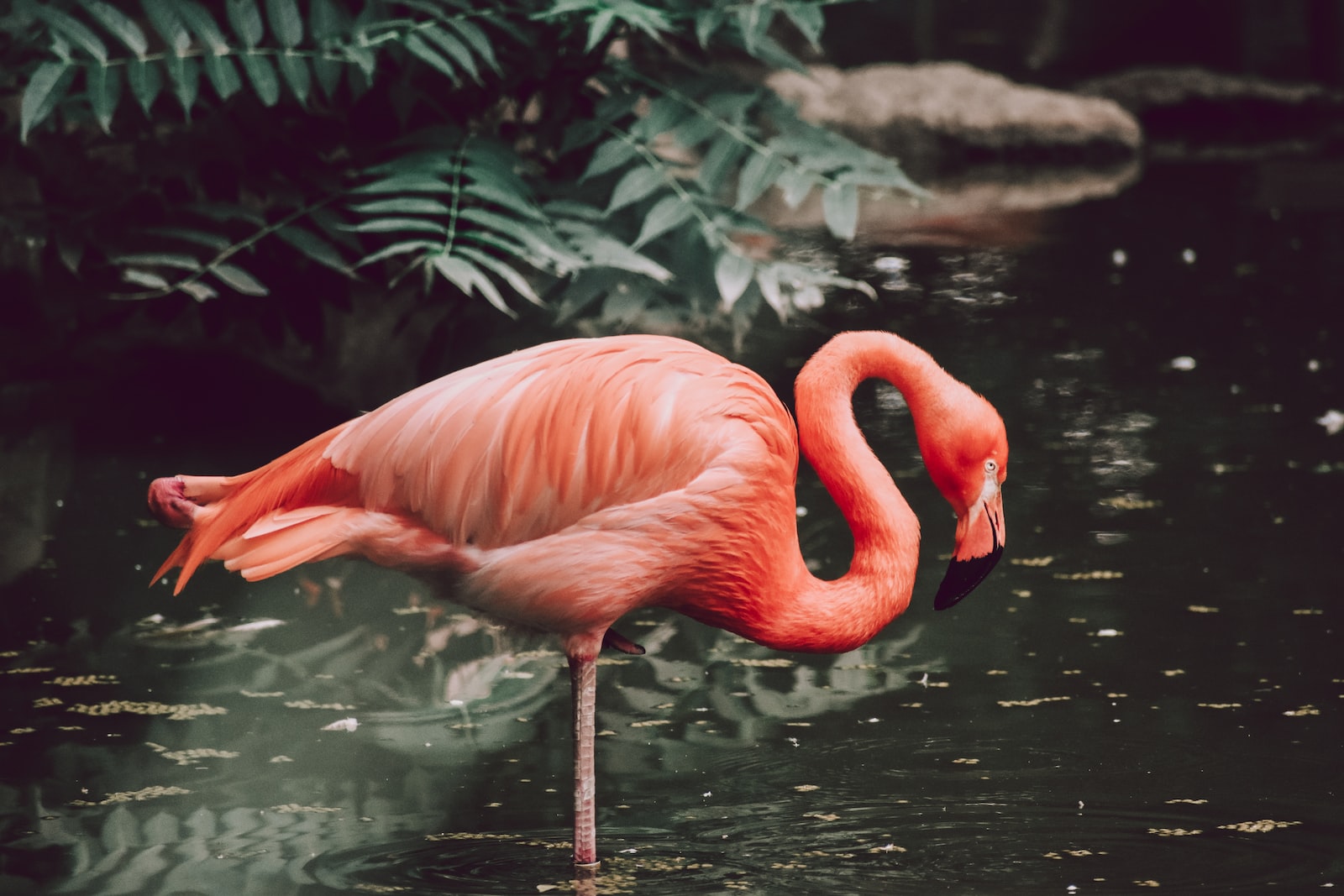Bolivia is trapped between two worlds: the up-and-coming Latin America that we see on Instagram and the age-old customs that refuse to die. Understanding Bolivia’s rich and vibrant past enables travellers to contextualise their travel experiences.
These Bolivia facts will not only interest you, but will also help you understand this beautiful nation and its culture. So brace yourself for stories of shady jails, strange fauna, and indigenous wrestling!
Bolivia has more than 30 official languages.
Although Bolivia is one of the Spanish-speaking nations in South America, Spanish is not the sole language spoken there. The 2009 constitution specifies a total of 37 languages, some of which are now extinct.
Officially, all indigenous languages are recognised, with Quechua being the most frequently spoken. In addition to Quechua, which is mostly spoken in the Andes, Chiquitano is spoken on the Santa Cruz department, Guaran on the border with Paraguay, and Aymara in the Altiplano.
Many people believe that La Paz is Bolivia’s capital, however this is not precisely correct.
When researching Bolivia, you may come across the fact that La Paz is the country’s capital. However, this is not entirely correct.
La Paz is the administrative capital, which means it is the location of the official government seat. When it comes to administrative capitals, it is the highest in the world.
Sucre, Bolivia’s constitutional (or judicial) capital, is situated in the southern highlands. This is due to the location of the Supreme Court of Justice.
Although La Paz is still officially a capital, the Constitution of Bolivia designates Sucre as the genuine capital.
READ MORE: 15 Best Places To Visit in Argentina
Salar de Uyuni, Bolivia’s famed salt flats, is home to the world’s biggest salt resource.
Salar de Uyuni is larger than Hawai’i Island, measuring 10,582 square kilometres. Bolivia’s famed salt flats often feature on bucket lists, and travellers frequently time their visit to coincide with the rainy season.
This is because the surface water transforms the salt flats into the world’s biggest mirror for a few weeks each year!
Salar de Uyuni is located where Lago Minchin would have existed 40,000 years ago. A shift in climate from wet to dry, along with a significant increase in temperatures, caused the lake to dry out, resulting in the formation of a thick salt crust.
Nowadays, the rate of evaporation is around ten times that of rainfall, implying that salt will always be present on the ground’s surface.
Only in Bolivia you can see cholita wrestling.

Have you ever imagined what it would be like to see indigenous women wrestle? No longer be perplexed!
Women started to enter the Bolivian wrestling industry in the mid-2000s. The sport is said to have provided an opportunity for victims of domestic abuse to establish community and reduce stress.
According to reports, cholita wrestling has evolved into an on-stage portrayal of the country’s domestic abuse epidemic.
READ MORE: 11 Fun Things to Do in Brazil
Bolivia’s flag represents its history.
Bolivia’s flag consists of a horizontal triband with red at the top, yellow in the centre, and green at the bottom.
In the centre is the Bolivian coat of arms, which includes flags and canons, as well as the national bird. (In case you’re wondering, it’s the famed Andean condor, one of South America’s most fascinating creatures!)
The colour red is thought to symbolise the blood shed by valiant troops during the battle for freedom from the Spanish. The yellow represents the country’s mineral riches, while the green represents agriculture and fertility.
The San Pedro jail in La Paz was previously labelled “the world’s most strange tourist destination” by Lonely Planet.
Yes, you read it correctly. The San Pedro jail was previously a popular tourist destination for travellers. If you’ve read Rusty Young’s epic travel book ‘Marching Powder,’ you’ll be aware with the illicit excursions that used to take place around San Pedro.
Thomas McFadden, a British convict, was discovered importing cocaine in 1996 and sentenced to years in San Pedro.
San Pedro, unlike other jails, is noted for having its own society where convicts control the roost.
There are no guards on the inside; they patrol the perimeter and the gates but seldom enter the interior jail. Prisoners must purchase or rent their cells, and many bring their families with them.
Within the gates of San Pedro, an extensive economy of businesses and restaurants exists, and it is even rumored that a large cocaine operation operates there!
This is said to be the cleanest coke in all of South America.
READ MORE: 13 Best Places to Visit in Brazil
Bolivia has the ‘World’s Most Dangerous Road,’ which you can bike down.
The North Yungas Road, which connects La Paz and Coroico, has acquired the ominous moniker Death Road.
This is due to the fact that, at one time, an estimated 300 persons were murdered on the road every year.
Because of the treacherous mountain conditions, low visibility, a lack of guardrails, and insufficient infrastructure, travelling on this route was a risk with your life.
Recognizing that the road was taking too many lives, a fresh route connecting La Paz and Coroico was built.
Once the new route was completed, the ancient North Yungas Road was blocked to most traffic and has since become an odd tourist destination.
Lake Titicaca, the world’s highest and biggest navigable lake, straddles the boundary between Peru and Bolivia.
This freshwater lake is the biggest in South America in terms of surface area and volume of water, and it is located 3,812 metres above sea level.
Bolivians consider the lake to be a very mystical site. This is because the Incas thought it was the spot where the Sun was born.
In the region around Copacabana, the Bolivian border town on the lake, there are a variety of intriguing ruins and archaeological sites to see.
In Bolivia, there is a true salt hotel named Palacio de Sal (Palace of Salt).

Although there are lesser salt hotels in Bolivia, the Palace of Salt is located on the Salar de Uyuni’s shoreline. It provides luxurious accommodations by incorporating salt into every aspect of the hotel.
The ceilings, walls, and furnishings are entirely constructed of salt, and the public rooms include salt sculptures produced by local artisans.
READ MORE: 11 Brazilian Dishes You Must Try!
In La Paz, there is a genuine witch market!

Bolivia is a nation where indigenous rites are still practiced. Just go to the witch market in La Paz to witness this in action. These marketplaces, known locally as El Mercado de las Brujas, offer a wide variety of strange and fascinating items.
Dried frogs, stone sculptures, and llama foetuses are just a few of the objects on sale, all of which promise to protect the buyer. Llama foetuses are typically buried in the foundations of new structures as a sacrifice to Pachamama.
Bolivia is home to three of the world’s six flamingo species.
Because flamingos are tropical birds, you may be surprised to find that three separate kinds can be found in the Bolivian Andes. This harsh climate is home to the Chilean, Andean, and James’ Flamingo.
The last two species are quite uncommon. In fact, the James’ Flamingo was thought to be extinct until a tiny colony of them was found in the Andes in 1956.
Potos City is a UNESCO World Heritage Site.

Potos is most renowned for its lengthy silver mining history, but did you know it has also been designated as a UNESCO World Heritage Site?
Potos and the surrounding region were once thought to be the world’s greatest industrial complex in the 16th century.
The discovery and extraction of silver from Cerro Rico (which continues to this day) depended on multiple hydraulic mills and enriched the city enormously.
READ MORE: 8 Things You Should Know Before Visiting Argentina
There are two voting ages in Bolivia.
Surprisingly, in Bolivia, there is no single legal voting age. Your voting age is determined on your marital status.
Yes, you read it correctly. You may vote at the age of 18 if you are married. If you’re single, you’ll have to wait till you’re 21. It is worth remembering that voting is not an option in Bolivia; it is an obligation.
Pink dolphins swim in the Amazon of Bolivia.
The Bolivian river dolphin resides in the Amazon basin’s rivers. They were originally found by the west in 1832 and in 2012, President Evo Morales created a legislation to safeguard them, designating them ‘national treasures’.
These dolphins are well renowned for their pink colour, and they may even ‘flush,’ becoming pinker when they are thrilled!
Unfortunately, these dolphins are under jeopardy and are listed as endangered. Their existence is threatened by deforestation, overfishing, and an increase in hydropower projects.
READ MORE: 20 Amazing Facts About Argentina You May Not Know!
The clock on the La Paz Congress Building moves backwards.

The clock atop La Paz’s congress building was inverted in 2014, with the digits running anti-clockwise from one to twelve.
Bolivian Foreign Minister David Choquehuanca has called it the “Southern Clock,” and says it will inspire Bolivians to think imaginatively and challenge existing standards.
Madidi National Park is one of the world’s biggest protected places.

Madidi National Park, located in the upper Amazon basin, is one of the world’s largest protected areas, spanning 18,958 square kilometres.
The park is recognised for its unique flora and wildlife, and it is home to 272 identified species of mammals.
It is crucial to remember that many of the creatures in this park are likely yet undiscovered. The titi monkey is one such indigenous species that was recently found in 2004.
READ MORE: 13 Unique Places to Visit in Mexico
Bolivia is home to the world’s sole Bolivianite (ametrine) mine.
Ametrine, commonly known as Bolivianite, is a quartz. It is a purple-yellow valuable diamond that occurs naturally under extremely specialised and harsh circumstances.
As a consequence, ametrine can only be found in Bolivia. The Anah mine, situated in the province of Santa Cruz, is the world’s only known ametrine mine.
Bolivia is often regarded as the cheapest nation in South America to visit!
This is something I’m sure you’d all want to know… Bolivia is often said to be the cheapest nation in South America.
While Venezuela and Suriname are theoretically less expensive, this is due to a very unstable economy and internal upheaval.













GIPHY App Key not set. Please check settings